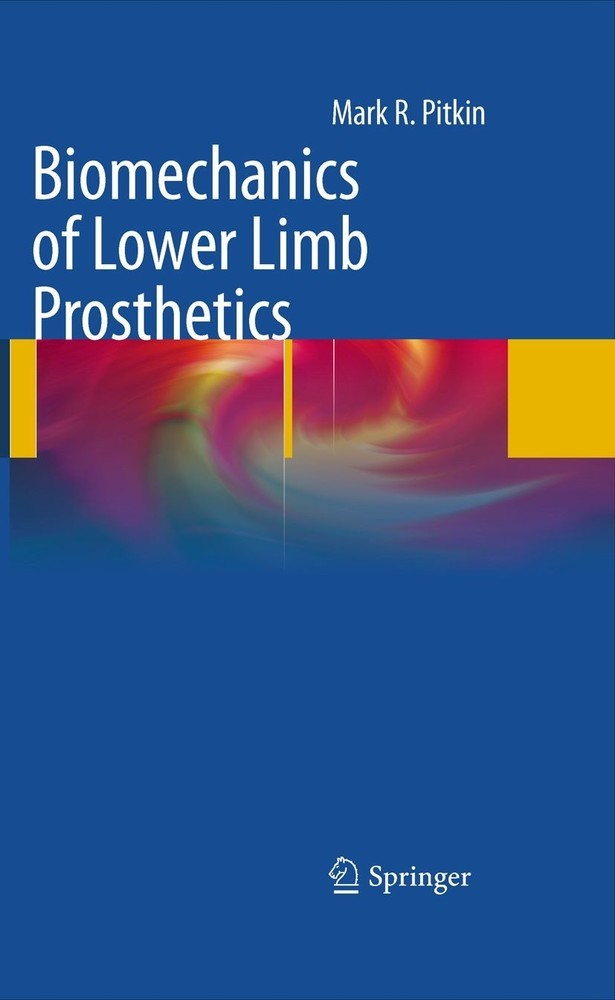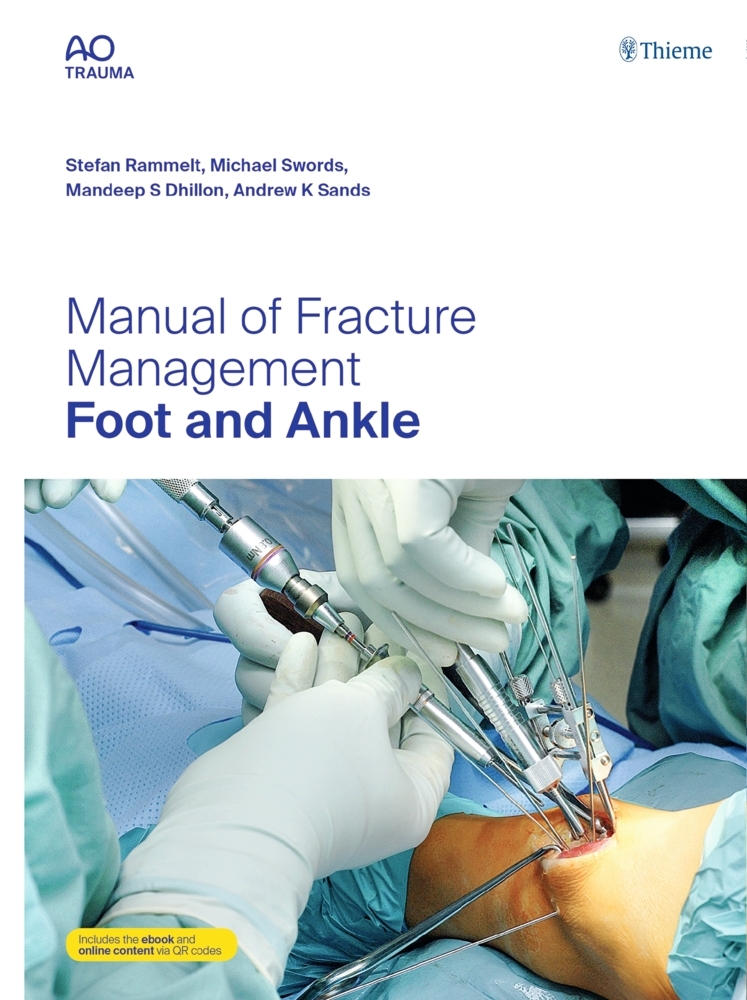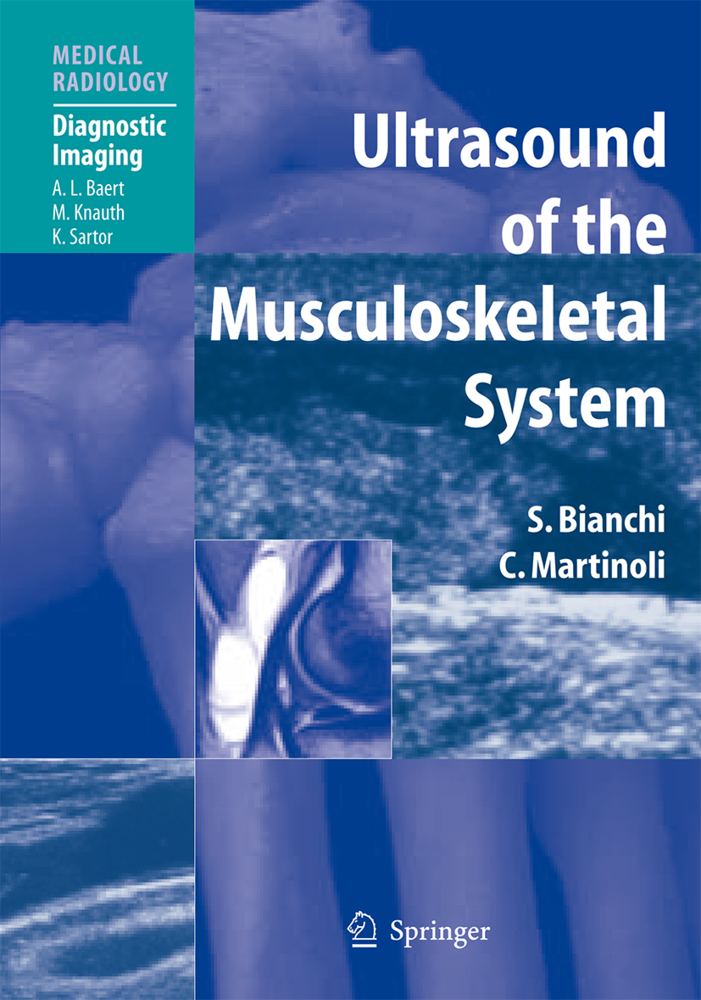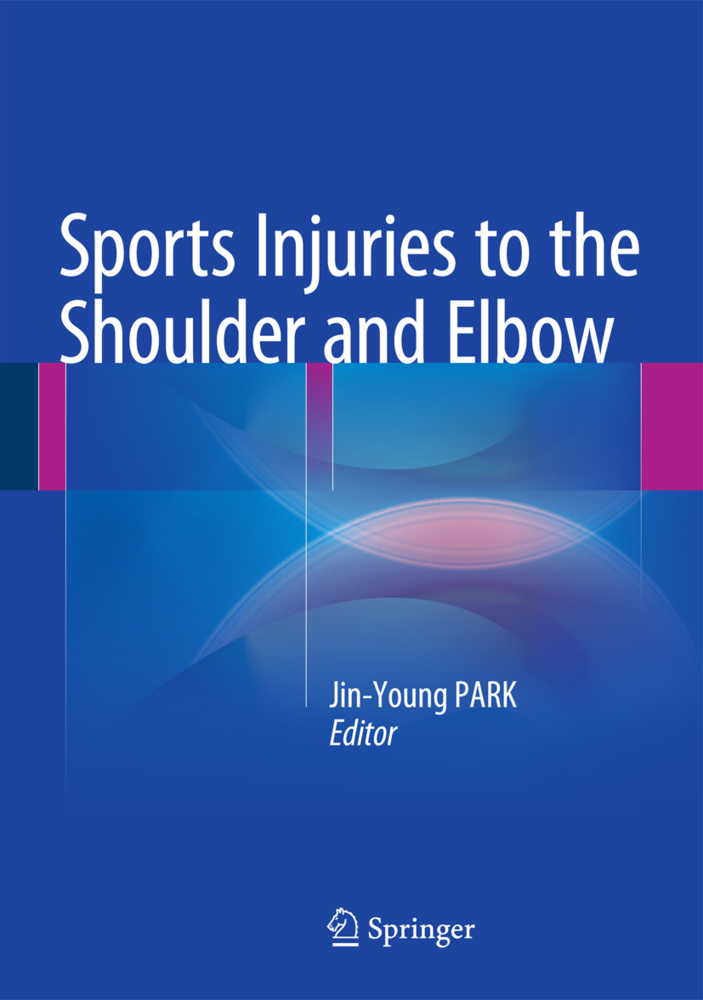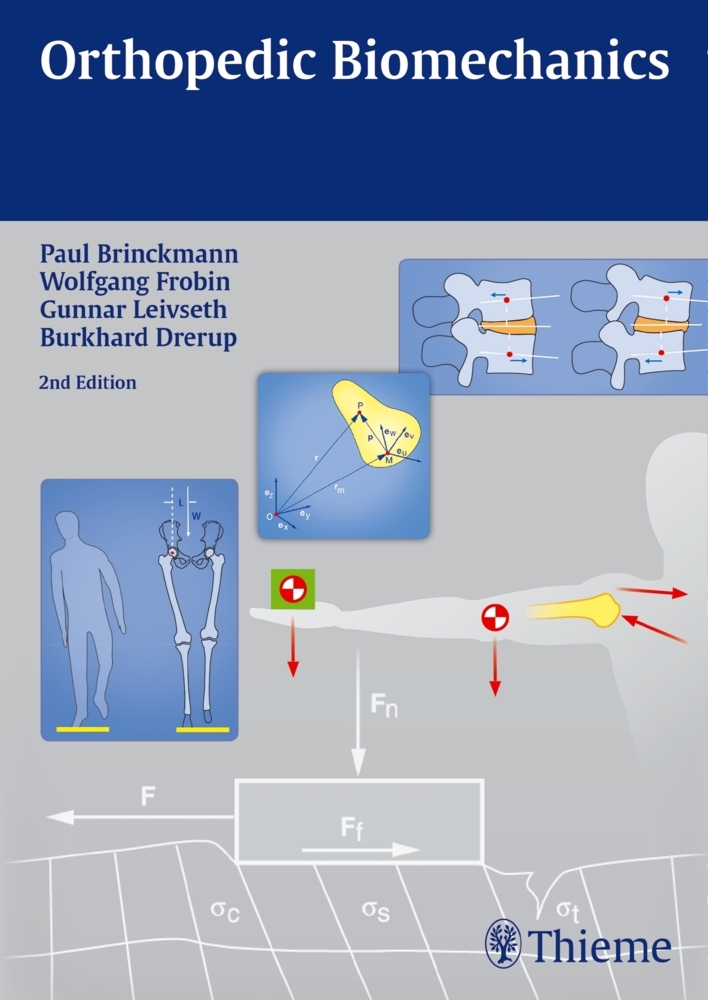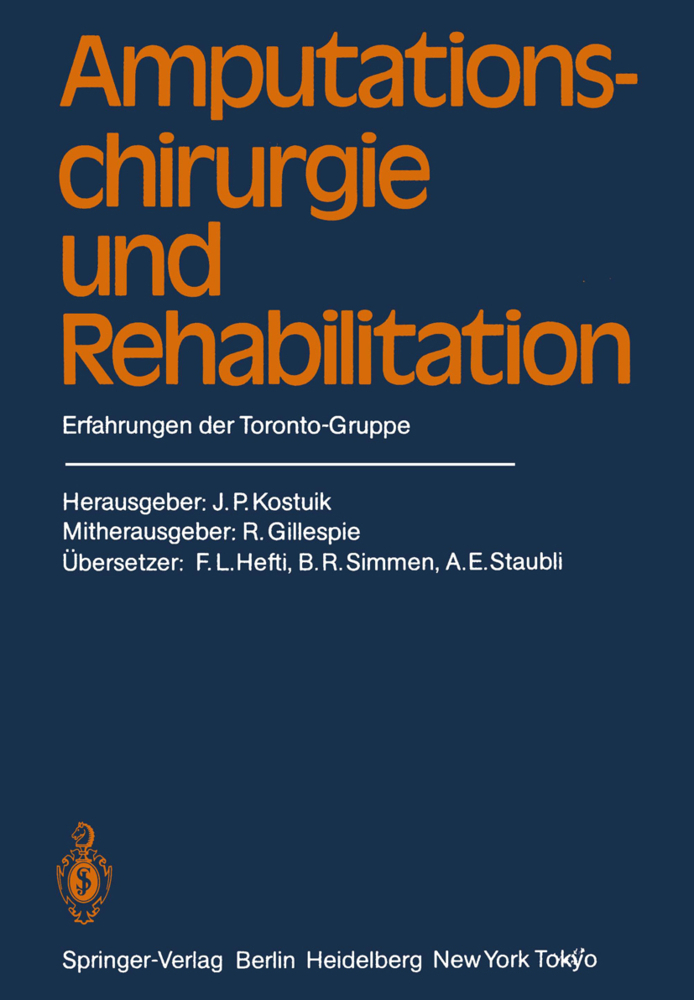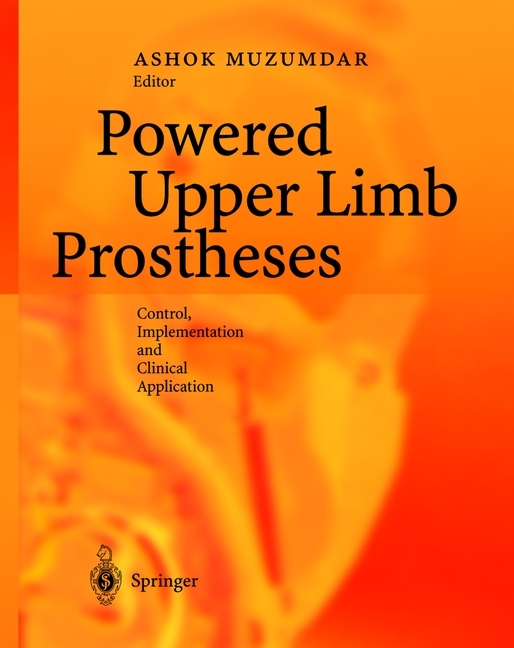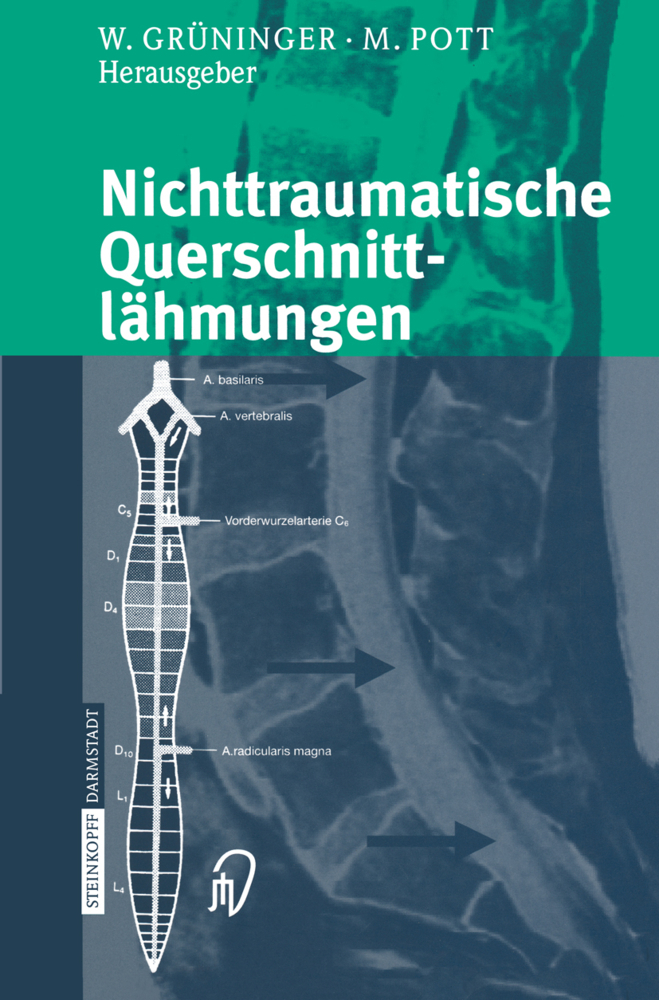The most outstanding feature of "Biomechanics of Lower Limb Prosthetics" is the demonstration of the practicality of biomechanics, when applied to lower limb prosthetics. Several original concepts are described, one of which, "rolling technology," has been implemented in prosthetic devices, while the principle of "reciprocal anti-resonance in locomotion" addresses future studies. A concept of anthropomorphicity presented by the author is a key tool in planning the design of an artificial limb or its components.
1;Biomechanics of Lower Limb Prosthetics;1 1.1;Lower Limb Prosthesis;15 1.1.1;1.1 A Need for Better Functionality of Lower Limb Prostheses;15 1.1.2;1.2 Normalization of Prosthetic Gait Parameters as a Way for Increasing the Prosthesis' Functionality;18 1.1.2.1;1.2.1 Biomechanics and Prosthetics;18 1.1.2.1.1;1.2.1.1 Why is Self-Analysis of Gait Difficult to Conduct?;18 1.1.2.1.2;1.2.1.2 A Sound Leg Does not Feel the Body's Weight;18 1.1.2.1.3;1.2.1.3 How Does the Anatomical Leg Flex and Extend During Gait?;21 1.1.2.2;1.2.2 Anthropomorphicity of Lower Limb Prostheses;21 1.1.2.3;1.2.3 Influence of Moment in Prosthetic Ankle Joint on the User's Comfort;26 1.1.2.4;1.2.4 Influence of a Moment in Prosthetic Ankle Joint on the Existing Knee Joint of the Involved Leg;32 1.1.2.5;1.2.5 Measurements of the Pressures on the Residuum from the Socket;34 1.1.3;1.3 Structure of Study Design for Development of Lower Limb Prosthesis;38 1.2;References;39 1.3;Biomechanical Investigations of Sound and Prosthetic Gait;42 1.3.1;2.1 Kinematic and Dynamic Analysis of Motion;42 1.3.2;2.2 Modeling the Human Body for Motion Analysis;45 1.3.3;2.3 Equipment for Motion Analysis;45 1.3.4;2.4 Architecture of Computerized Gait Analysis;47 1.3.5;2.5 Interpretation of Gait Analysis Results;49 1.4;References;50 1.5;Theory of Ballistic Gait in Prosthetics;52 1.5.1;3.1 .Ballistic Synergy in Normal Gait;52 1.5.1.1;3.1.1 .Generation of the Propulsive "Push-Off";53 1.5.1.2;3.1.2 .Regular and Intentional Push-Off;54 1.5.1.2.1;3.1.2.1 .Regular Push-Off;55 1.5.1.2.2;3.1.2.2 .Intentional Push-Off;56 1.5.1.3;3.1.3 .Computer Simulation of Regular and Intentional Gait;57 1.5.1.3.1;3.1.3.1 .Simulation of the Propulsion in Regular Gait;58 1.5.1.3.1.1;Simulation of the Propulsion in Static Stage;59 1.5.1.3.1.2;Simulation of the Intentional Propulsion;59 1.5.1.4;3.1.4 ."Angle-Moment" Dependency in Ankle During Normal Gait;60 1.5.1.5;3.1.5 .Contribution of the Knee to Ballistic Synergy;61 1.5.1.6;3.1.6 .Implications for Prosthetics;65 1.5.2;3.2 .Active and Passive Moments in Joints;65 1.5.3;3.3 .Model of a One-Step Cycle: Passive Phase;66 1.5.3.1;3.3.1 .Phase "A" of a Step Cycle;67 1.5.3.2;3.3.2 .Phase "M" of a Step Cycle;68 1.5.3.3;3.3.3 .Working Model Simulation of the Balancing;69 1.5.4;3.4 .A Model of a One-Step Cycle;71 1.5.4.1;3.4.1 .Active Phase "MAHA.2.";71 1.5.5;3.5 .Generation of Propulsion in Norm and Disruption of Ballistic Synergy in Prosthetic Gait;73 1.5.6;3.6 .Modeling of One-Leg Standing;77 1.5.7;3.7 .Implication for Prosthetic Design;79 1.6;References;80 1.7;Theory of Designing the Anthropomorphic Lower Limb Prostheses;84 1.7.1;4.1 Synthesis of a Mechanism for Prosthetic Joint;84 1.7.1.1;4.1.1 Anatomical Prototype for Modeling a Moment;84 1.7.1.2;4.1.2 Trochoidal Model of the Spring Function of the Anatomical Foot;85 1.7.1.3;4.1.3 Synthesis of a Mechanism for Prosthetic Ankle;92 1.7.2;4.2 Development and Testing of the Rolling Joint Foot and Ankle;97 1.7.2.1;4.2.1 Development of the Rolling Joint Foot and Ankle;97 1.7.2.1.1;4.2.1.1 Tuning Features;99 1.7.2.1.2;4.2.1.2 Self-Tuning to Walking Speed;100 1.7.2.2;4.2.2 Mechanics Tests of the Rolling Joint Foot and Ankle;100 1.7.2.2.1;4.2.2.1 Additional Components of Safety of the Prosthesis's Use;101 1.7.2.2.2;4.2.2.2 Flexural Tests;101 1.7.2.2.2.1;Calculation of the Moment of Resistance Using Raw Data;103 1.7.2.2.2.2;Inversion/Eversion;103 1.7.2.2.3;4.2.2.3 Rotational Stiffness;104 1.7.2.2.4;4.2.2.4 Mechanical Tests of Rolling Joint Foot and Ankle: Conclusion;105 1.7.3;4.3 Development and Evaluation of the Rolling Joint Knee;106 1.7.3.1;4.3.1 Design Approach;106 1.7.3.2;4.3.2 RJ Knee Mechanism;108 1.7.3.2.1;Stance Phase;108 1.7.3.2.2;Swing Phase;109 1.7.3.3;4.3.3 Mechanical Testing of the Rolling Joint Knee Unit;110 1.7.3.4;4.3.4 Moment of Resistance to Knee Flexion;111 1.7.3.5;4.3.5 Moment of Resistance to the Knee Adduction/Abduction;112 1.7.3.6;4.3.6 Mechanical Tests of RJ Knee: Conclusion;113 1.8;References;113 1
Pitkin, Mark R.
| ISBN | 9783642030161 |
|---|---|
| Artikelnummer | 9783642030161 |
| Medientyp | E-Book - PDF |
| Auflage | 2. Aufl. |
| Copyrightjahr | 2009 |
| Verlag | Springer-Verlag |
| Umfang | 141 Seiten |
| Sprache | Englisch |
| Kopierschutz | Digitales Wasserzeichen |

